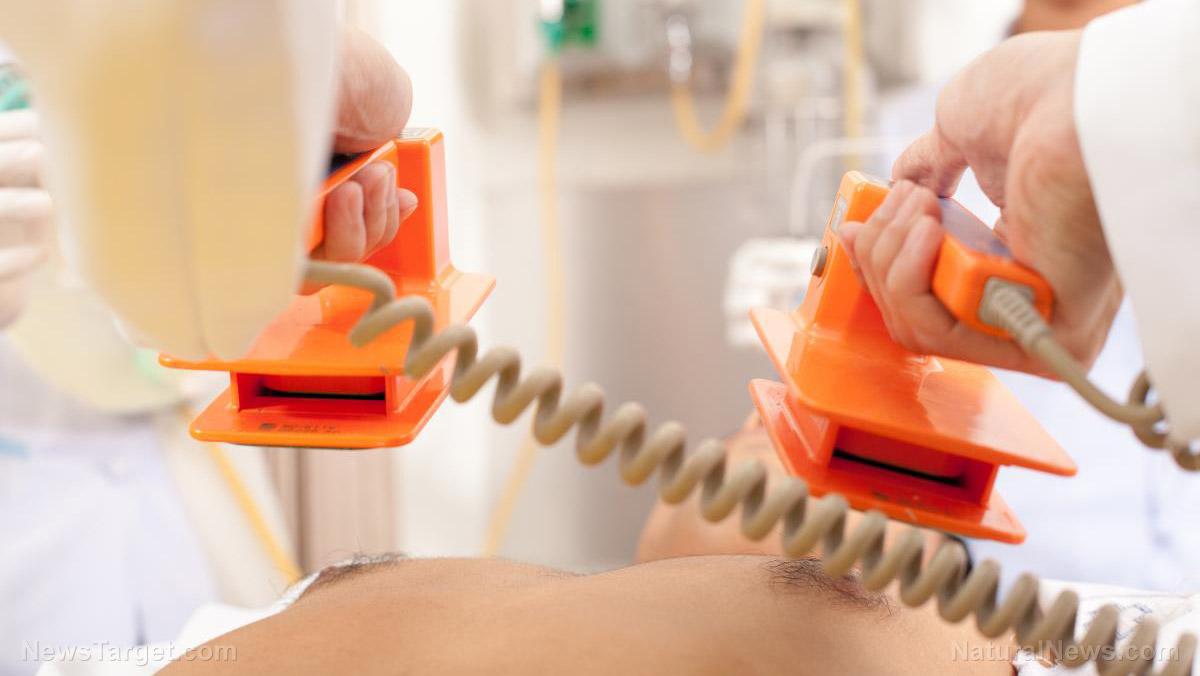Enter the Obalon balloon system, a new treatment that involves swallowing balloon-filled capsules to curb overeating.
According to new research, it helped obese people shed almost double the weight compared to people who made diet and lifestyle changes alone.
The FDA-approved system (slated to hit the market in January) consists of three tiny capsules, each containing an inflatable balloon attached to a catheter. People swallow each of the capsules, three weeks apart, and X-rays are taken to ensure they are in the right spot.
Gas is then pumped through the catheter, filling the balloon up. The catheter is removed, and the patient goes home with a small balloon (or balloons) in his or her stomach. The balloons stay there for six months — filling up the stomach, so people feel full and don’t eat as much. After that, they are removed via minimally-invasive endoscopic surgery.
In the most recent study, presented this month at an annual conference of obesity experts, researchers gave 387 obese volunteers the balloon treatment or sugar-filled capsules, which were complete with catheters and designed to look like the real thing. A registered dietitian met with volunteers every three weeks, helping them to make healthy lifestyle changes.
After six months, those who got the real Obalon treatment had
lost 6.81% of their total body weight (about 25% of their “excess body weight,” or the amount they’d have to lose to have a BMI in the normal range), while those in the placebo group had lost only 3.59%. So, for example, for people who weighed 200 pounds and needed to lose 50, those in the Obalon treatment group would have lost 13.6 pounds compared with 7.2 pounds in the control group.
At this point, the placebo group was dismissed from the study and the Obalon group had their balloons removed. They continued to keep the weight off, though: Six months later, 89.5% of the average total weight lost during the treatment period was maintained.
“The balloon treatment helped them eat less, but they were also learning to make healthier choices through the support provided with the program,” says study author Aurora Pryor, MD, director of the Bariatric and Metabolic Weight Loss Center at Stony Brook University in New York. “And they were able to maintain those healthier choices even after the balloons were removed.”
Real-world Obalon patients (as opposed to those in the study) will also be expected to meet with a dietitian regularly as part of the program, Dr. Pryor told Health. She stresses that the balloons are meant to work in conjunction with healthy eating and regular exercise, not as an alternative.
“That’s part of why the study was so successful,” she says. “I think having the balloons added in a staged fashion helped the patients get more used to a diet and exercise program over the course of a few months.”
The combination of lifestyle modification and balloon therapy does provide a “new and low-risk option for patients struggling with obesity,” says Dr. Pryor.
Specifically, she says, people who choose not to have weight-loss surgery (such as a gastric bypass) — or who don’t weigh quite enough to be a candidate — may opt for this less invasive option. Obalon is approved for people with a BMI of 30 to 40, while weight-loss surgery is usually recommended for people with a BMIs of 40 and up, or 35 and up with weight-related health problems. A person who was 5′ 6″ would need to weigh 186 to 248 pounds to have a BMI of 30 to 40.
In the study, 90.8% of patients experienced abdominal cramping and nausea, but almost all of them rated the side effects as mild to moderate. “A few patients said that after the third balloon was inserted that they could feel it; that it made them feel pregnant,” says Dr. Pryor. “But most of them couldn’t tell they were there, and they actually wanted to keep them in longer than six months.”
One serious event — a bleeding gastric ulcer — did occur in one patient taking high-dose NSAID medication after knee surgery. NSAIDs are a known cause of gastric bleeding.
Raul J. Rosenthal, MD, president and chairman of the American Society for Metabolic and Bariatric Surgery, said that this type of balloon treatment may help fill the large gap between lifestyle strategies and medical therapies like invasive surgery.
“There is no magic pill for obesity, but this swallowable balloon and other intragastric balloons may offer new hope to people who otherwise would not seek treatment or not have as good a result with diet and exercise alone,” said Dr. Rosenthal in a press release.
Another swallowable balloon, called Elipse, is also in clinical trials for weight loss, but has not yet been approved by the FDA. There are two balloon devices currently on the market — ReShape and Orbera — but both require an endoscopy for insertion as well as removal.
“You can easily have a balloon put in and go to work the same day with Obalon, which you wouldn’t be able to do with the other two,” says Dr. Pryor.
The study was funded by Obalon’s parent company, Obalon Therapeutics, Inc. Dr. Pryor says the device will not likely be covered by insurance at first, and figures were not available for estimated cost to patients.
Studies show that people with BMIs higher than 30 have a 50 to 100% greater risk of premature death compared to their healthy-weight peers. And losing just 5 to 10% of total body weight — through diet, exercise, or medical procedures — has been found to significantly improve health.





















